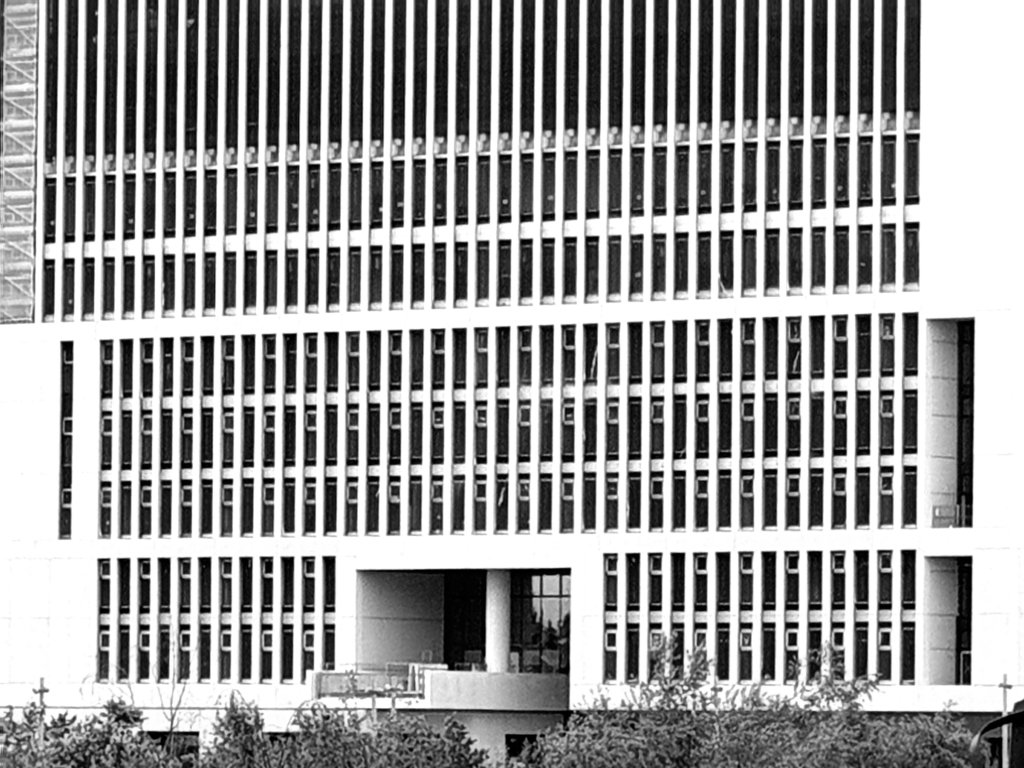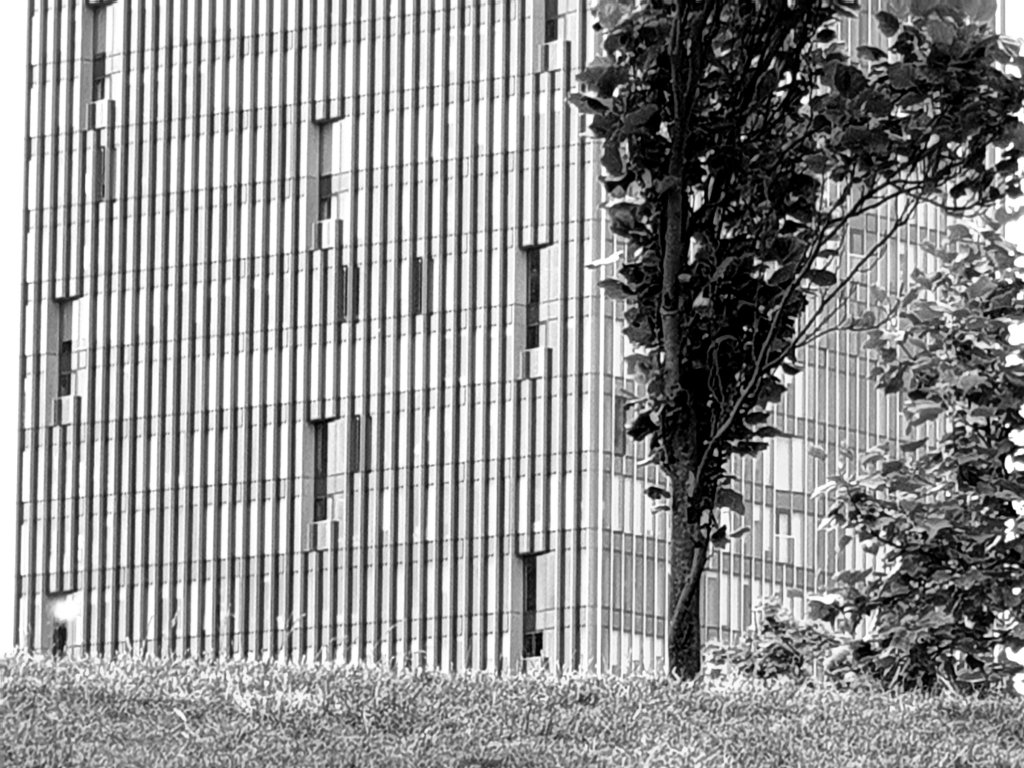In a moment of nearly complete insanity, I took myself off to see some of the new architecture surrounding Olympic Park, having seen so much of it go up, not least during lockdown, and wanting to get a better sense of what it is like close-up.
The answer seems to be that a lot of it is unexpectedly depressing in spite of – or is it because of ? – the vast amounts of public money which has been poured into it and the employment of good architects, including Allies and Morrison, in drawing up the masterplan.
First of all, it is surprisingly difficult to find out even quite basic information as to who designed many of the new buildings in spite of the fact that they are examples of the largest and, in some ways, most adventurous new architecture in London. My questions about the process of design both at the Information Centre and in the pop-up store opened by New London Architecture inspired a sense of total bafflement, as if my interest was highly idiosyncratic, if not perverse. Maybe the London Legacy Development Coroporation could commission the Survey of London to do a follow-up volume to their two volumes on Whitechapel, due to be published later this month.
It is possible that I am missing some easily accessible online resource, like the Architecture Foundation’s excellent online app; but this is very strong on Central and North London, less so on East and South. I have read Dave Hill’s excellent and informative new book on Olympic Park, commissioned by the LLDC, but this is strong on the politics and economics, less so on design and planning.
This is Lifschutz Davidson and Stanton Williams for University College:-

This is the new tower block by Skidmore Owings and Merrill, which has two chunks taken out of it, a considerable feat of engineering:-

This is (I think) The Gantry, designed by LCA, who are specialists in hotel design:-

Much of the rest of what was Olympic Village struck me as terminally bland, as if the architects had been inspired by the outskirts of Stalingrad. Maybe I am wrong.

There are walking tours of the Olympic Park led by Allies and Morrison as part of the London Festival of Architecture later this month.
In a related vein there has recently been published a softback book of Homer Sykes photos called Before The Blue Wall. The publishers are Fistful of Books and the book costs £15. The 44 photos are of the Olympic site before the building work started. For those of us who have lived in Stratford for many years they are a reminder of exactly how forbidding parts of the area were before redevelopment. Not to say that it didn’t have some charms – the allotments for example, but there were definitely some very threatening areas.
The Olympic village is a very popular place to live. Tenancies are longer and more secure which makes a huge difference, particularly to young families who in the private rented sector often end up moving their children from school to school as they are forced to seek new accommodation. I am particularly fond of the Niall McLaughlin Elgin Marbles facade on one of the blocks.
For those of us who live locally the real excitement is not about the buildings but about the young people who are going to be studying in them and the creativity they will bring. UCL is clearly emphasising maker skills and creative approaches to, for example, assistive technology. And the London College of Fashion is bound to bring lots of lively youngsters to our neck of the woods. I am looking forward to seeing it all develop.
Dear Joan, Thank you ! I quite like a lot of Olympic Park, but wasn’t so keen on Chobham Manor even though, as you say, lots of people obviously live there and prices are high. I must look up the Homer Sykes book. Charles